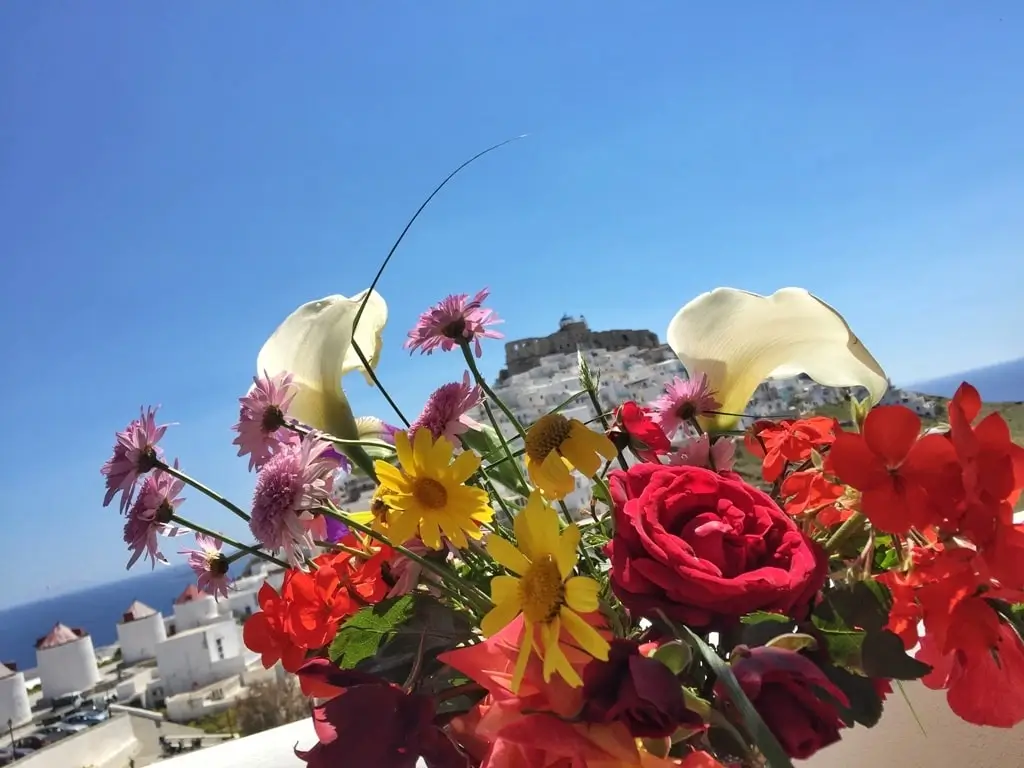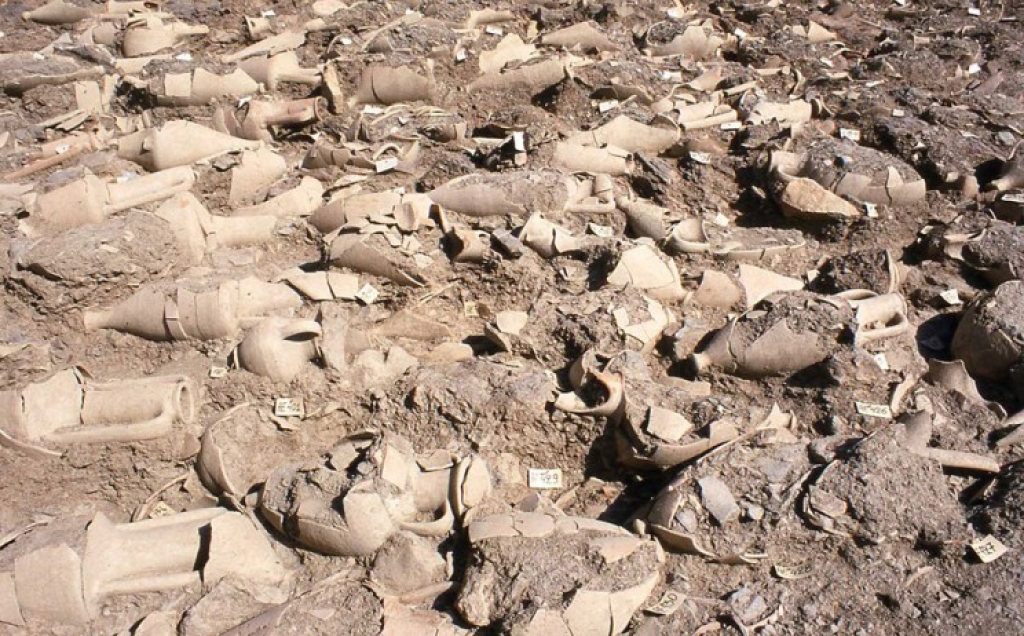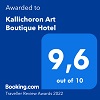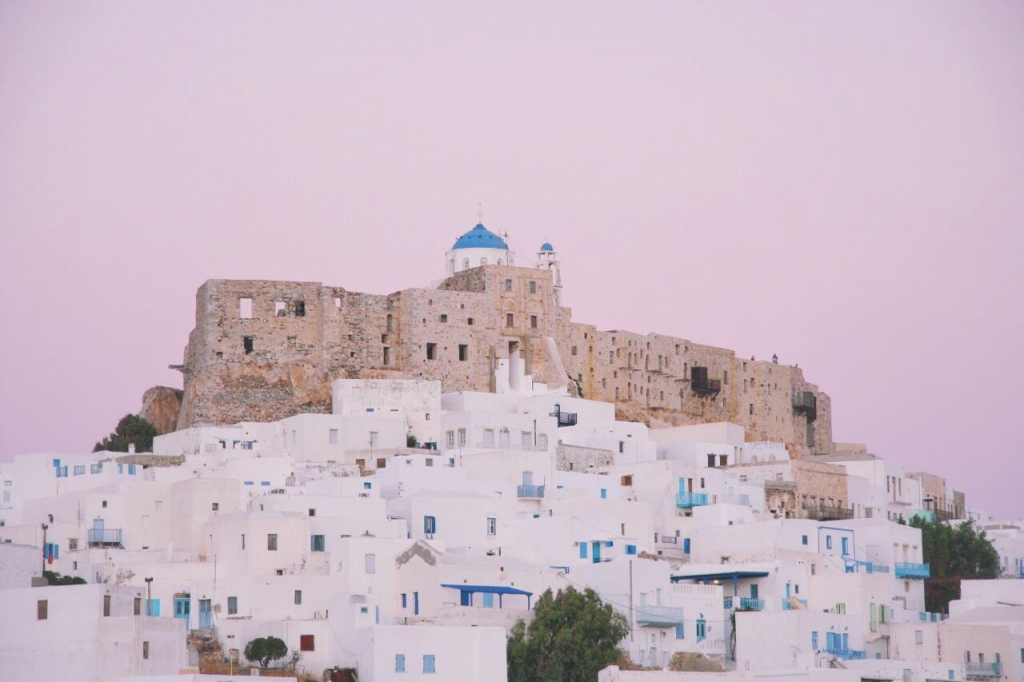
Astropalia’s castle has a key, and locks…
Although in Astypalea you will find interesting archaeological finds across different periods that testify to the prominent position of the island since early antiquity, the trademark and jewel of the island remains its famous Venetian Castle, which stands haughtily at the top of the hill of Chora.
According to archaeological findings, Astypalea has been inhabited since prehistoric times and where the Castle is located today, building remains have been found dating back to the 8th century BC, but also from the Hellenistic era. Until the 19th century it was the only settlement on the island. All the houses outside its walls were called “stables”.
The history of the Castle begins shortly after the conquest of Constantinople by the Franks and the fragmentation of the Byzantine State into smaller kingdoms. In 1207, the Venetian Marko Sanoudo from the Duchy of Naxos ceded Astypalea to his close associate, and also a nobleman, Giovanni Querini. In fact, because of this acquisition, Stampalia was added to the Querini name.
The Querini, one of Venice’s most powerful families in its heyday, ruled the island for almost 300 years. Each Lord in turn was renovating and extending the Castle. Plaques with the coats of arms of the noble Venetians who built and inhabited it are embedded in various parts of Chora. In fact, one of them is built into a prominent part of the Castle in honour of their patron saint, Saint Querini.
The Castle, in essence, is a fortified settlement built in a prominent position and is visible from almost the entire island. The only entrance to the castle is on the southwest side through a low, cross-roofed area. During its prime, the entrance was a place of trade. The first building to the left of the entrance, was the café, the main meeting point and socialising space, where conversation and social contact flourished.
The castle buildings were three-storey high. Each fit two or three one-bedroom apartments, i.e. it housed two or three families. A special architectural element of the Castle is the outer walls of the buildings that are also part of the fortification wall. Their small outer windows, in fact, also served as embrasures in case of attack. In addition to houses, there were many blacksmith, carpenter and pottery workshops.
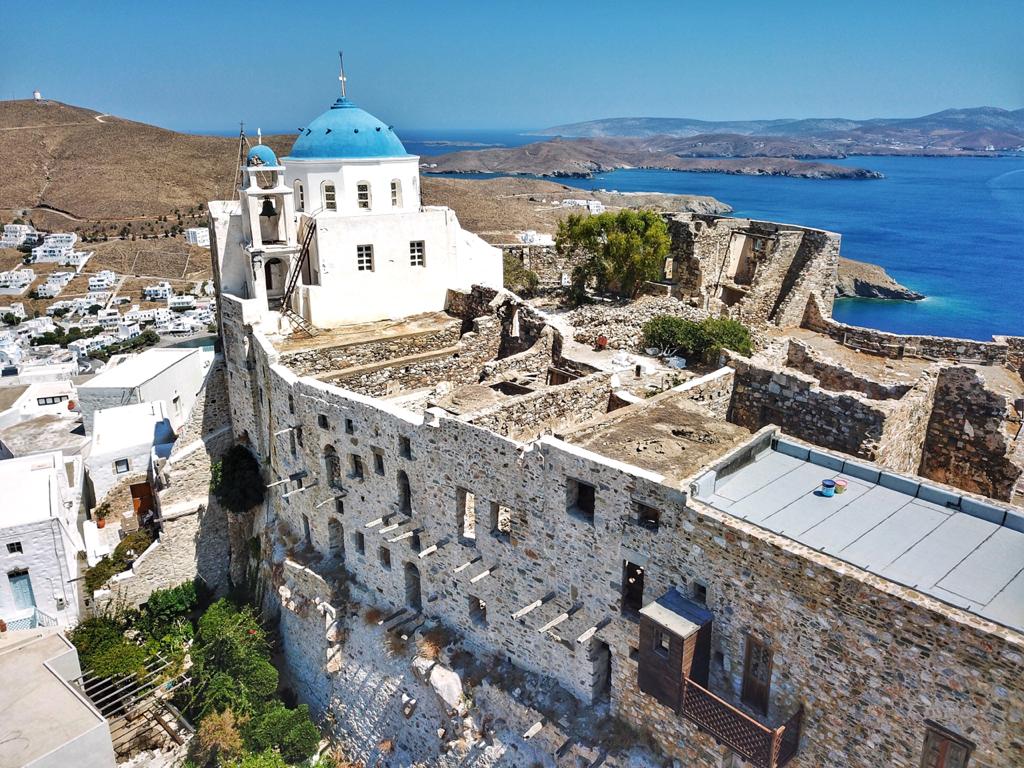
During the first half of the 20th century the Castle seems to have been very densely populated. In just four acres of its surface lived an average of over 3,000 people, while reports show that its inhabitants reached 4,000 at some point. The water supply of the houses was served from cisterns, whilst the drainage system of the Castle is considered remarkable.
Two of the most important churches of the island are also inside the Castle grounds: Agios Georgios, which dates from 1790 and Panagia tou Kastrou or Evangelistria, which dates from 1853 and is one of the most important and latest interventions in the Castle, since it was built in the location of the Querini mansion. Around the two churches, the two main districts of the Castle were developed. That of Panagia or Evangelistria and that of Ai-Giorgis, of “Glykavlis”.
Since 1912, when Astypalea is again under Italian occupation, important projects are carried out which help the local economy and the development of the island, while, in absence of pirate danger, the families living inside the Castle begin to vacate it. Astypalea will pass to the Greek state with the integration of the Dodecanese in Greece on March 7, 1948, a day of celebration across the Dodecanese Islands.
Today inside the Castle you will find mainly ruins. This is due to the two strong seismic tremors of magnitude 7 and 7.5 Richter occurring in the sea area between Amorgos and Astypalea on July 9, 1956 raising a 20 meter tidal wave which crashed on the northern coast of the island. The quake caused significant damage to the Castle houses – most of which collapsed along the NE side of the wall – so the Castle was abandoned due to the extensive damage it suffered.
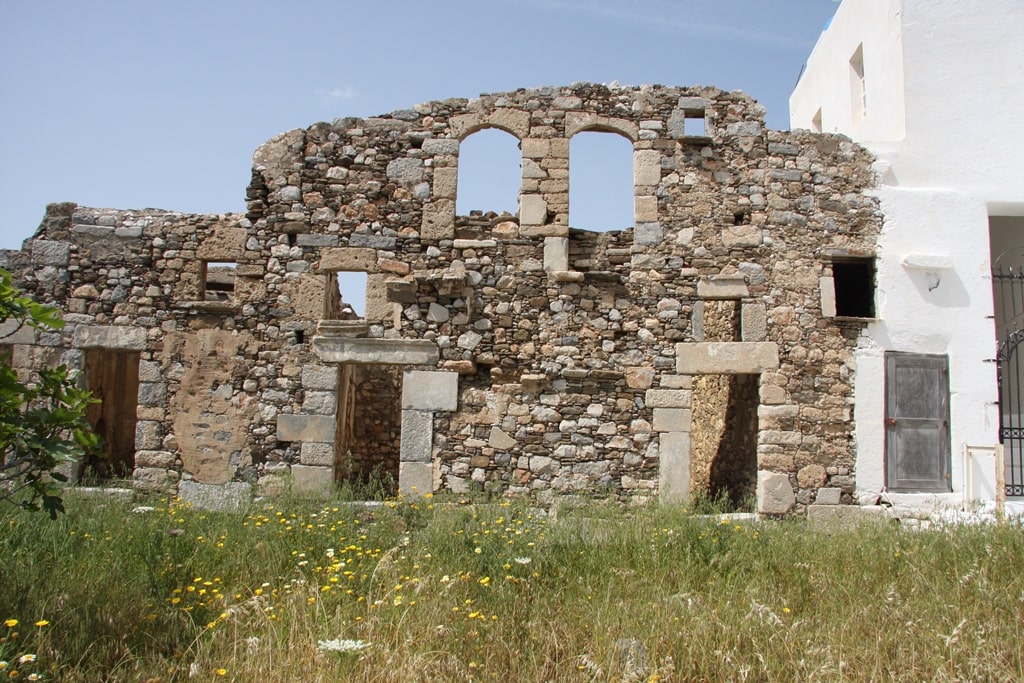
Once upon a time, the Castle of Astropalia had a key and lock so as not to reveal its beautiful girls, as the well-known traditional song says. Today, it invites us to explore it and recite stories from times gone past.
To travel to Astypalea with a traveler’s exploration spirit, but also the inside knowledge of the locals, visit Kallichoron’s Blog here.

